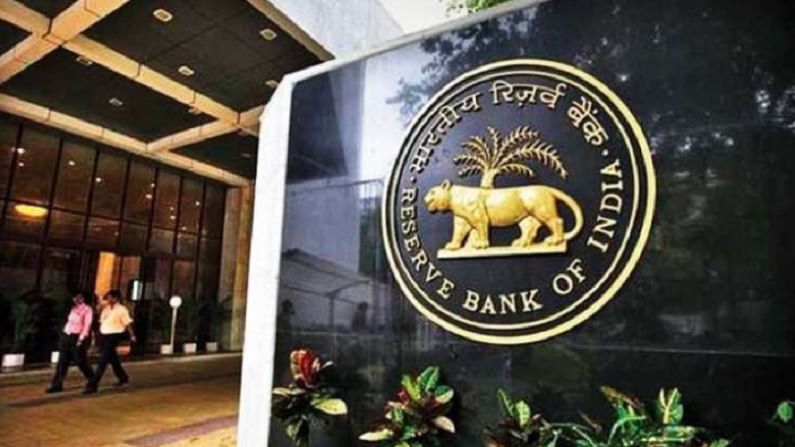Forex reserves set to top $655 billion by March 2022: Report
From an elevated $74.2 billion in end-March, the forward dollar holdings were down to $49 billion by end-June

According to a report, the Reserve Bank of India (RBI) has been increasing its forex reserves in a continuous resolve to build a bigger reserve cushion to aid its expansionary, unorthodox monetary policy. These reserves are set to top the $655 billion mark by March 2022. For this, the central bank has been running down its forward book, which totalled $42 billion as of July-end.
“We believe this shift is important as it signals that the RBI wants a bigger reserve cushion so it can run the expansionary, unorthodox monetary policy. Given the strength of capital inflows and the shrinking forward book, we raise our foreign reserves forecast to $655 billion by March 2022, from $645 billion earlier,” Barclays India chief economist Rahul Bajoria said in a note on Monday.
It also added that the RBI has grown more comfortable in recycling its forward book back into its balance sheet, boosting the reserves significantly. From an elevated $74.2 billion in end-March, the forward dollar holdings were down to $49 billion by end-June, a trend expected to continue through the third quarter, it further added.
The reserves had risen to a lifetime high of $621.46 billion in the week ending August 6. However, the forex reserves had declined by $2.10 billion to $619.36 billion for the week ending August 13 due to a fall in the core currency assets and gold, showed the latest RBI data.
The value of the gold reserves had slipped by $720 million to $36.33 billion. RBI bought record gold in the past year, up by 27% in two years at over 705 tonnes. While foreign currency assets, the biggest component of the reserves, declined by $1.35 billion to $ 576.37 billion in the week ending August 13. At the same time, RBI’s domestic assets have also grown rapidly under the Government Securities Acquistion Plan, (G-SAP) programme, the report said.
RBI may face a change in the quality of capital inflows
One of the key objectives of the monetary authority to build up the reserves is to prevent the rupee from rising on the back of a significant balance of payments surplus, irrespective of whether the surplus has been driven by the current account balance or large capital inflows.
The second reason for the build-up is the fact that the central bank also faces a potential change in the quality of capital inflows, alongside relatively larger current account outflows. This may prompt a more interventionist approach, as the RBI looks to maintain a strong grip on the rupee while ensuring ample domestic liquidity, it said.
Recycling of forward positions into spot reserves and buoyant purchase of government securities is another reason for the rising reserves, it added.
Some of the recent increases in the reserves might have been prompted by the changing global monetary-policy dynamics, the report said.
The continuing forex build-up, which got accelerated after RBI Governor Shaktikanta Das assumed office early December 2018, is also reflective of the central bank’s need for a weaker rupee in light of the rapid growth in RBI’s balance sheet due to massive Open Market Operations (OMO) purchases and forex reserve accretion. Meanwhile, the report had forecasted the rupee to trend between 75.5 and 80.7 to the dollar by March 2022.